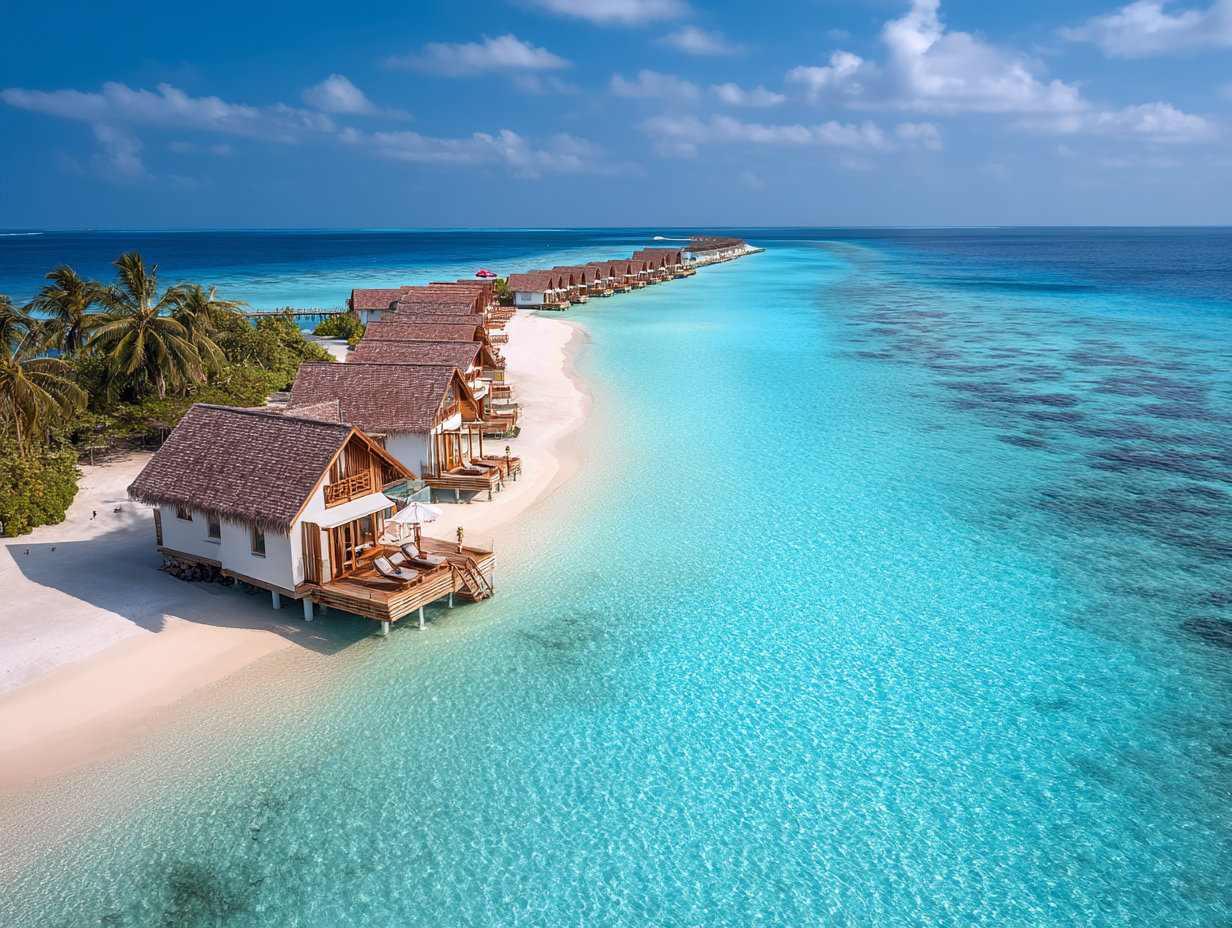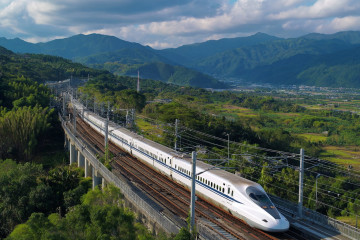Experts note that these low-lying countries face major environmental risks such as flooding and rising sea levels but benefit from easier transport, farming, and construction.
While towering mountain ranges like the Himalayas, Andes, and Alps dominate the global landscape, several nations around the world are remarkably flat, with no natural mountains within their borders. These countries, often characterised by low elevation and gentle terrain, provide a stark contrast to their mountainous counterparts and offer unique geographical, environmental, and cultural identities.
Vatican City: The smallest and flattest sovereign state
Among the most notable examples is Vatican City, the world’s smallest independent state, surrounded by the city of Rome. With an area of just 0.49 square kilometres, Vatican City’s elevation ranges only between 19 and 75 meters above sea level—too low to form any mountainous terrain.
The Maldives: The world’s flattest country
Another famous example is the Maldives, an island nation in the Indian Ocean consisting of more than 1,000 coral islands. The Maldives is recognised as the flattest country on Earth, with an average ground level of just 1.5 meters above sea level and its highest natural point reaching only about 2.4 meters. This extreme flatness makes it particularly vulnerable to rising sea levels caused by climate change.
Kiribati: A nation at sea level
Kiribati, a Pacific island nation spread across the equator, is similarly flat, made up primarily of coral atolls and low-lying islands. Most of its land barely rises more than a few meters above sea level, making it one of the countries most at risk from global warming and oceanic flooding.
Denmark: Rolling hills, but no mountains
In Denmark, though hilly areas exist, the country technically has no true mountains. The highest natural point, Møllehøj, stands at only 170.86 meters above sea level—more a hill than a mountain by international standards. The nation’s gently rolling landscape and fertile plains make it ideal for agriculture and settlement.
Other flat regions across the globe
Other nations with similarly low topography include Estonia, Latvia, Lithuania, and The Gambia, all of which feature mostly lowlands and minor elevations rather than defined mountain ranges.
Environmental Challenges and Advantages
Experts note that countries without mountains often face distinct environmental challenges. “Flat nations are on the front line of climate change,” says environmental analyst Dr. Rina D’Souza. “They face threats such as flooding, soil erosion, and rising sea levels, which can have severe impacts on infrastructure and habitability.”
Despite these challenges, flat countries enjoy certain advantages, including easier transportation, agriculture, and infrastructure development due to the absence of rugged terrain.
A reminder of Earth’s diversity
In an increasingly climate-conscious world, the stories of these flat nations—from the coral atolls of the Maldives to the pastoral fields of Denmark—serve as reminders of Earth’s diverse landscapes and the shared global responsibility to protect them.



